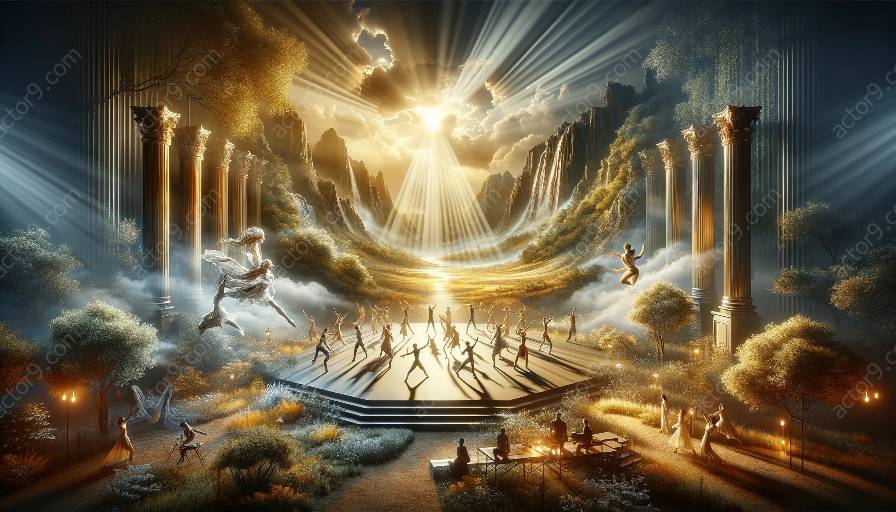When it comes to physically intense performances in theatre, the role of lighting becomes crucial in enhancing the experience for both the performers and the audience. This topic cluster explores the considerations in designing lighting for such performances, the impact of lighting on physical theatre, and the significance of lighting in creating a captivating theatrical experience.
The Role of Lighting in Physical Theatre
Physical theatre, as a genre that heavily relies on movements, gestures, and body expressions, demands a unique approach to lighting design. Lighting plays a multifaceted role in physical theatre, not only illuminating the performers but also shaping the atmosphere, highlighting emotions, and guiding the audience's focus. The dynamic nature of physical theatre requires lighting that is both adaptable and precise, capable of complementing the performers' movements and accentuating the narrative.
Considerations in Designing Lighting for Physically Intense Performances
Designing lighting for physically intense performances in theatre involves several key considerations to ensure the seamless integration of light with movement. The following are essential factors to address:
- Flexibility and Adaptability: Given the fluidity of physical theatre, lighting must be flexible and adaptable to accommodate spontaneous movements and choreography. Lighting cues should be easily adjustable to align with the performers' actions in real time.
- Intensity and Focus: The intensity and focus of lighting play a critical role in accentuating the physicality of the performers and emphasizing specific gestures or movements. Variable intensity and well-defined focus points enable the creation of dramatic visual compositions.
- Color and Mood: Utilizing a diverse color palette and varying mood settings through lighting can significantly enhance the emotional impact of physical theatre. The interplay of colors can evoke different moods and amplify the narrative elements of the performance.
- Dynamic Effects: Incorporating dynamic lighting effects, such as strobes, flashes, or rapid changes in light patterns, adds an extra dimension to physically intense performances, creating heightened moments of intensity and energy.
- Integration with Sound and Set Design: Seamless integration of lighting with sound and set design is essential for ensuring a cohesive and immersive theatrical experience. Lighting should work in harmony with other production elements to unify the visual and auditory aspects of the performance.
Enhancing Physical Theatre Through Lighting Design
The careful orchestration of light in physical theatre has the power to transform the audience's perception and engagement with the performance. Lighting design facilitates a deeper understanding of the narrative, amplifies the physicality of the performers, and guides the audience's emotional journey through the visual dynamics of the production.
Conclusion
In conclusion, designing lighting for physically intense performances in theatre requires a thoughtful approach that takes into account the unique demands of physical theatre. By considering factors such as flexibility, intensity, color, dynamic effects, and integration with other production elements, lighting designers can significantly contribute to the success of physical theatre performances, creating immersive and captivating experiences for both the performers and the audience.




































